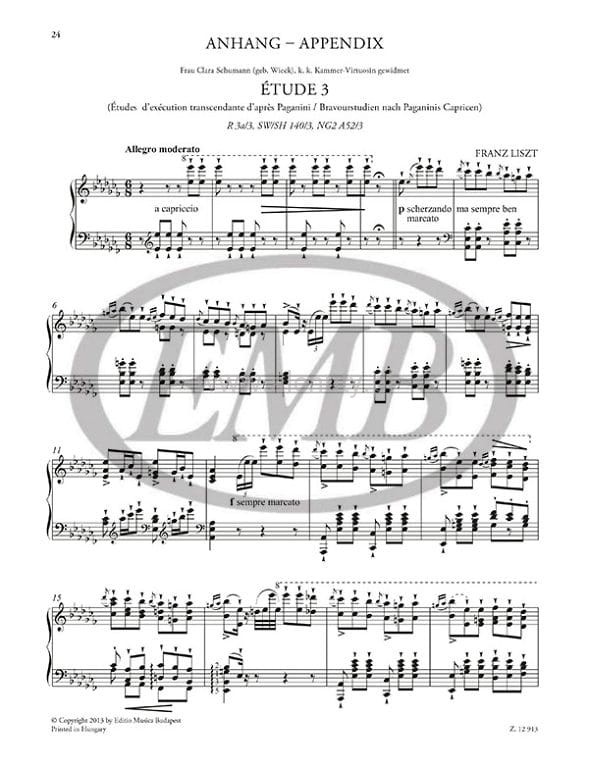

The Lamartine family and Franz Liszt became good friends, and Liszt’s first truly original composition, the Harmonies poétiques et religieuses bears the exact Lamartine literary title. But then he discovered the French poet and politician Alphonse de Lamartine, who had achieved unparalleled popularity with his first volume of poetry, the Méditations poétiques. At the age of 20, Liszt made a meager living giving private piano lessons, and he tried his hands at original compositions. As she famously quipped, “Liszt gives me the impression of being a spoilt child.” Only a decade earlier, Liszt had lavished in obscurity in Paris, having outgrown his career as a dazzling child prodigy of the piano. Liszt apparently denied Clara’s request for tickets for her father, and although she continued to admire his virtuosity, Clara did not agree with his public image. Liszt strongly supported Robert and Clara in their legal battle to get married, but some misunderstandings soured the relationship. His attitude at the piano cannot be described, his passion knows no limits, and he has a great spirit.” Delighted by the glowing endorsement of a fellow pianist, Liszt dedicated his Six Etudes d’exécution transcendante d’après Paganini to Clara.

He arouses fright and astonishment, though he is a very lovable artist. “He can be compared to no other virtuoso,” she writes. Clara first heard Franz Liszt in concert in Vienna, and she was flabbergasted. And for a time that included Clara Wieck. And as you might well imagine, an extended circle of friends, wannabe friends, groupies, and socialites constantly fluttered around him like moths to a flame.

In the end, the only person Franz ever really loved, was the reflection of himself he had created. However, this notoriety also created uncertainty, as Franz was never sure that he was, in fact, truly liked or loved. The version of ‘La Campanella’ popularly performed nowadays is the third one published in 1851 in the enharmonic G-sharp minor.Franz Liszt was the greatest piano virtuoso of his time possibly the greatest of all time! His sensational technique and captivating concert personality turned him into the ultimate rock star of the 19th century. A few years later he produced a second version, removing a lengthy introduction, and changing the key from a minor to A-flat minor, presumably so that the big jumps would land on black keys rather than white ones, making it (slightly) easier to play. "La clochette" is relatively little known, and rarely performed. “La Campanella,” which is based on Paganini’s second violin concerto, forces the pianist to do unheard of things: awkward trills, huge leaps with both hands, and finger-twisting technique that no one had heard before even from Liszt himself.īackgroundLiszt wrote a first version of this piece and called it "Grande Fantaisie de Bravoura sur la Clochette de Paganini" in 1834, after he heard Paganini perform his own second violin concerto. He resolved at that moment that he would strive to do the same with the piano.
#Franz list paganini etude download#
Sign up to listen & download > Liszt's magic bellWhen Liszt saw Paganini play for the first time, he realized that Paganini wasn’t just playing better than anyone else, he was playing the violin as well as it could be played.


 0 kommentar(er)
0 kommentar(er)
